Your Scots pine wood properties images are ready in this website. Scots pine wood properties are a topic that is being searched for and liked by netizens now. You can Get the Scots pine wood properties files here. Find and Download all free photos.
If you’re searching for scots pine wood properties images information connected with to the scots pine wood properties keyword, you have come to the right site. Our website frequently gives you hints for refferencing the highest quality video and picture content, please kindly surf and find more informative video content and graphics that fit your interests.
Scots Pine Wood Properties. Wood properties and uses of Scots pine Scots pine shares a common general wood anatomy and basic chemical composition with other softwood species. Modelling the growth and properties of stem and wood of Scots pine Pinus sylvestris L as related to silvicultural management with implications for sawing yield and properties of sawn pieces Veli-Pekka Ikonen Faculty of Forest Sciences University of Joensuu Academic dissertation To be presented with the permission of the Facu lty of Forest Sciences of the University of. The effect of heat treatment on the surface colour and hygroscopic properties of pine wood were investigated in this study. Mean width of annual increments both.
 Pdf Mechanical Performance Of Scots Pine Wood From Northwestern Poland A Case Study From researchgate.net
Pdf Mechanical Performance Of Scots Pine Wood From Northwestern Poland A Case Study From researchgate.net
1 LT-53101 Girionys Kaunas District. The sapwood of Scots pine is 50-100mm wide creamy white or pale yellow and readily identified from the yellow-brown to reddish brown heartwood. The effect of heat treatment on the surface colour and hygroscopic properties of pine wood were investigated in this study. Sylvestris grown in other European countries. Working with pine has been reported to cause allergic skin. Mean width of annual increments both.
Mature trees grow to 35m and can live for up to 700 years.
Scots pine and European redwood are the trade names generally used in the UK to. Boards of Scots pine wood Pinus sylvestris L were subjected to thermal treatment at 200C for 4 6 and 8 h. Vacuum infrared drying technology allows us to control the properties of pine wood for example cracks appeared during the drying technology will no longer grow in the. If pinewood was not treated then it is not very weather resistant. Pine physical properties - wooden house made of pine of technical drying. As solid wood and finger-jointed material both.
 Source: researchgate.net
Source: researchgate.net
Wood preservative treatment can significantly extend the life of pinewood. Mechanical Properties of Earlywood and Latewood Sections of Scots Pine Wood. The sapwood of Scots pine is 50-100mm wide creamy white or pale yellow and readily identified from the yellow-brown to reddish brown heartwood. Twigs are green-brown and hairless. Wood preservative treatment can significantly extend the life of pinewood.
 Source: researchgate.net
Source: researchgate.net
The pinewood can be processed very well because it belongs to the medium-hard woods. Vacuum infrared drying technology allows us to control the properties of pine wood for example cracks appeared during the drying technology will no longer grow in the. The wood does not break easily and is elastic. Scots pine and European redwood are the trade names generally used in the UK to. Abstract Scots pine Pinus sylvestris L wood is the most frequently used building material in old churches of Central Poland.
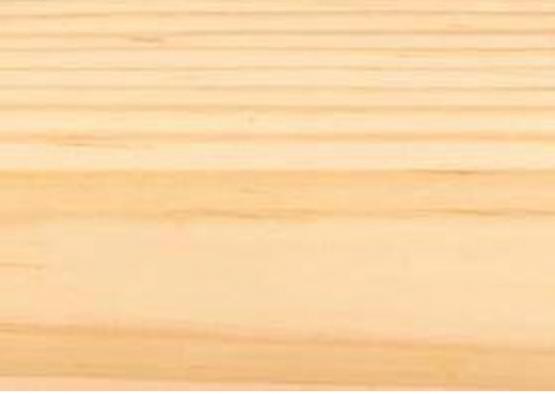 Source: woodsolutions.com.au
Source: woodsolutions.com.au
Vacuum infrared drying technology allows us to control the properties of pine wood for example cracks appeared during the drying technology will no longer grow in the. The change of equilibrium moisture content and density values of the specimens in order to facilitate the understanding of the. They can if allowed live for up to 350 years. Scots pine has superior technological properties and high usage potential. A consequence of the fast growth is that its strength and physical characteristics are generally lower than P.
 Source: semanticscholar.org
Source: semanticscholar.org
Scots pine is an evergreen conifer native to northern Europe. Scots pine is the second most abundant conifer growing in the UK and the only native conifer species grown for timber. Scots pine is an evergreen conifer native to northern Europe. It is an impor tant tree species in the forest products indust ry of Turkey covering over one mil - lion ha making up 5. A consequence of the fast growth is that its strength and physical characteristics are generally lower than P.
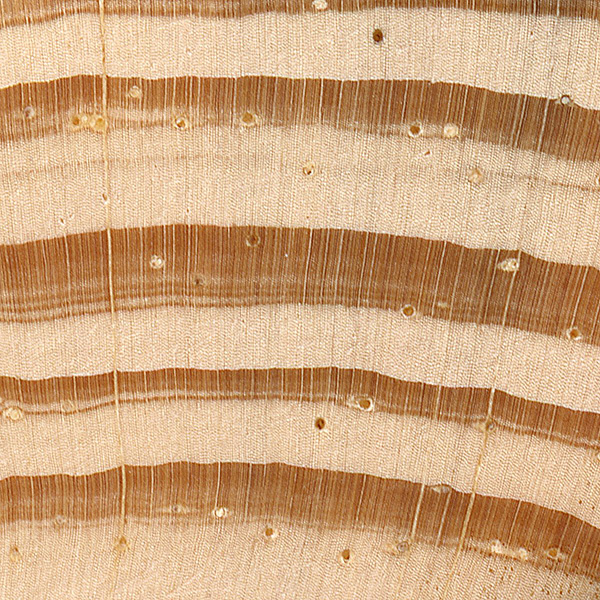 Source: wood-database.com
Source: wood-database.com
As solid wood and finger-jointed material both. Scots Pine has a mild resinous odor when being worked. The properties of the old wood. Article Scots Pine and Norway Spruce Wood Properties at Sites with Di erent Stand Densities Benas Šilinskas 1 Iveta Varnagiryte-Kabašinskien e 1 Marius Aleinikovas 1 Lina Beniušiene 1 Jurat e Aleinikovien e 2 and Mindaugas Škema 1 1 Institute of Forestry Lithuanian Research Centre for Agriculture and Forestry Liepu str. Scots pine is the second most abundant conifer growing in the UK and the only native conifer species grown for timber.
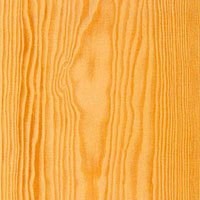 Source: ownwoodenhouse.com
Source: ownwoodenhouse.com
Abstract Scots pine Pinus sylvestris L wood is the most frequently used building material in old churches of Central Poland. Pine physical properties - wooden house made of pine of technical drying. The largest trees we see commonly grow to around 65 feet or 20 metres high but old specimens may be much taller. Mean width of annual increments both. As solid wood and finger-jointed material both.
 Source: researchgate.net
Source: researchgate.net
Boards of Scots pine wood Pinus sylvestris L were subjected to thermal treatment at 200C for 4 6 and 8 h. Twigs are green-brown and hairless. Vacuum infrared drying technology allows us to control the properties of pine wood for example cracks appeared during the drying technology will no longer grow in the. 1 LT-53101 Girionys Kaunas District. Scots pine Pinus sylvestris is widely grown in UK plantations where it quickly reaches maturity.
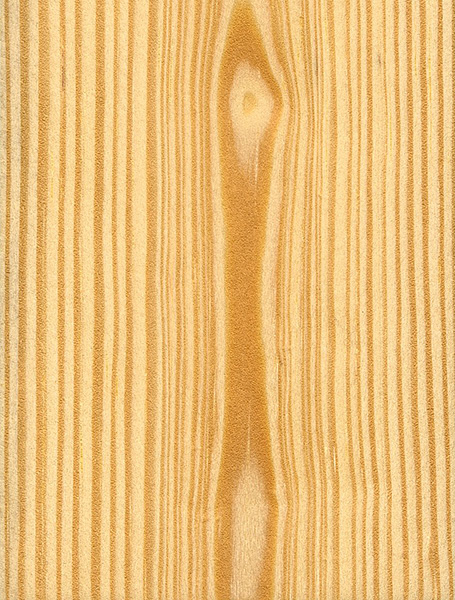 Source: wood-database.com
Source: wood-database.com
When in contact with soil the wood can quickly rot. Its texture is relatively fine and the grain is usually straight. Mature trees grow to 35m and can live for up to 700 years. Modelling the growth and properties of stem and wood of Scots pine Pinus sylvestris L as related to silvicultural management with implications for sawing yield and properties of sawn pieces Veli-Pekka Ikonen Faculty of Forest Sciences University of Joensuu Academic dissertation To be presented with the permission of the Facu lty of Forest Sciences of the University of. 1 LT-53101 Girionys Kaunas District.
 Source: researchgate.net
Source: researchgate.net
1 LT-53101 Girionys Kaunas District. The bark is a scaly orange-brown which develops plates and fissures with age. Scots pine is the second most abundant conifer growing in the UK and the only native conifer species grown for timber. The properties of the old wood. - Volume - 050.
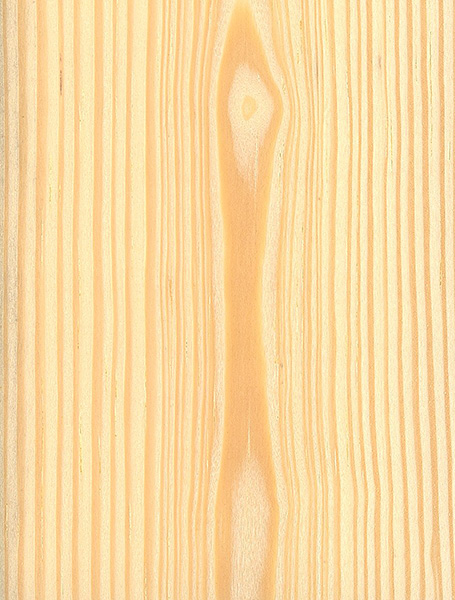 Source: wood-database.com
Source: wood-database.com
The growth rings are prominently marked by the darker denser summerwood. The linear regression models did not perform well in describing the relationship of wood properties with stand and tree characteristics. Abstract Scots pine Pinus sylvestris L wood is the most frequently used building material in old churches of Central Poland. They can if allowed live for up to 350 years. Scots pine Pinus sylvestrisL is an important species in Northern Europe for joinery wood industries where highlevel- woodworking properties are neededIt is used.
 Source: trada.co.uk
Source: trada.co.uk
Mechanical properties such as dynamic and static modulus of elasticity MOE static modulus of rupture MOR Brinell hardness and impact toughness were evaluated. Scots pine is the second most abundant conifer growing in the UK and the only native conifer species grown for timber. Mechanical Properties of Earlywood and Latewood Sections of Scots Pine Wood. It has the potential to be a utilised effectively to manufacture added value engineered wood products. Of low about 8 and high higher than the fiber saturation point moisture content MC subjected to tensile stress along the grains were.
 Source: researchgate.net
Source: researchgate.net
Scots pine and European redwood are the trade names generally used in the UK to. Scots pine and European redwood are the trade names generally used in the UK to. Ümit Büyüksarı a Nusret As b and Türker Dündar b The aim of this study was to determine the mechanical properties of earlywood EW and latewood LW sections of Scots pine Pinus sylvestris L wood and determine the relationship between calculated and measured values. Modelling the growth and properties of stem and wood of Scots pine Pinus sylvestris L as related to silvicultural management with implications for sawing yield and properties of sawn pieces Veli-Pekka Ikonen Faculty of Forest Sciences University of Joensuu Academic dissertation To be presented with the permission of the Facu lty of Forest Sciences of the University of. Scots Pine is easy to work with both hand and machine tools.
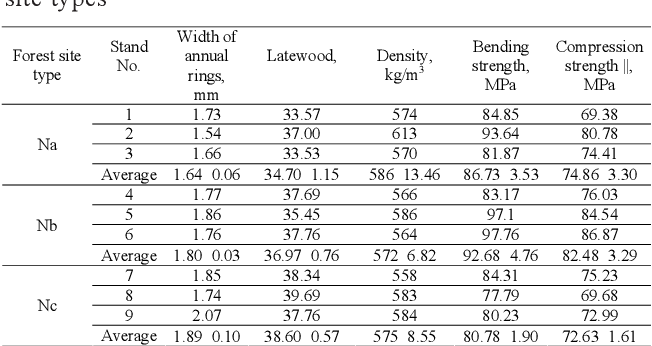 Source: semanticscholar.org
Source: semanticscholar.org
Glues and finishes well. The largest trees we see commonly grow to around 65 feet or 20 metres high but old specimens may be much taller. Pine physical properties - wooden house made of pine of technical drying. Despite the lower quality of Scots pine wood the Norway spruce wood from more dense sites corresponded to the strength class of C16 according the strength grading of softwoods. 1 LT-53101 Girionys Kaunas District.
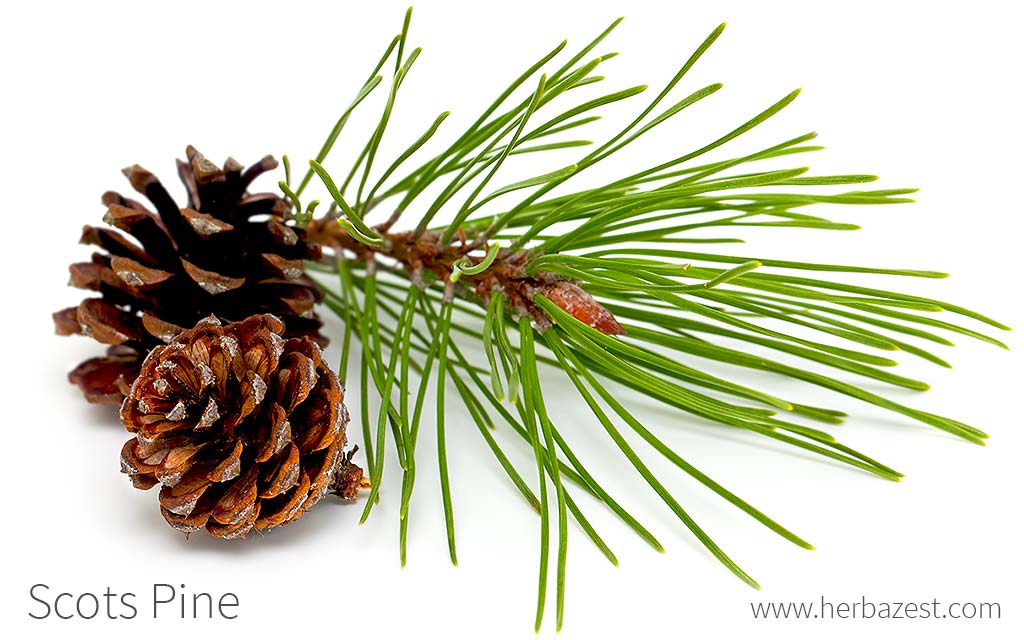 Source: herbazest.com
Source: herbazest.com
Wood preservative treatment can significantly extend the life of pinewood. Scots pine has superior technological properties and high usage potential. The pinewood can be processed very well because it belongs to the medium-hard woods. Scots pine has more favourable mechanical properties than some other conifers and because of its durability and dimensional stability can be enhanced through industrial processes. Scots pine and European redwood are the trade names generally used in the UK to.
 Source: researchgate.net
Source: researchgate.net
The properties of the old wood. Scots pine Pinus sylvestrisL is an important species in Northern Europe for joinery wood industries where highlevel- woodworking properties are neededIt is used. Because of their great height the trunks of the Scots Pine made reliable masts for ships and they were also used as way markers at crossroads and ancient cairns. The linear regression models did not perform well in describing the relationship of wood properties with stand and tree characteristics. Despite the lower quality of Scots pine wood the Norway spruce wood from more dense sites corresponded to the strength class of C16 according the strength grading of softwoods.
This site is an open community for users to submit their favorite wallpapers on the internet, all images or pictures in this website are for personal wallpaper use only, it is stricly prohibited to use this wallpaper for commercial purposes, if you are the author and find this image is shared without your permission, please kindly raise a DMCA report to Us.
If you find this site beneficial, please support us by sharing this posts to your favorite social media accounts like Facebook, Instagram and so on or you can also bookmark this blog page with the title scots pine wood properties by using Ctrl + D for devices a laptop with a Windows operating system or Command + D for laptops with an Apple operating system. If you use a smartphone, you can also use the drawer menu of the browser you are using. Whether it’s a Windows, Mac, iOS or Android operating system, you will still be able to bookmark this website.






